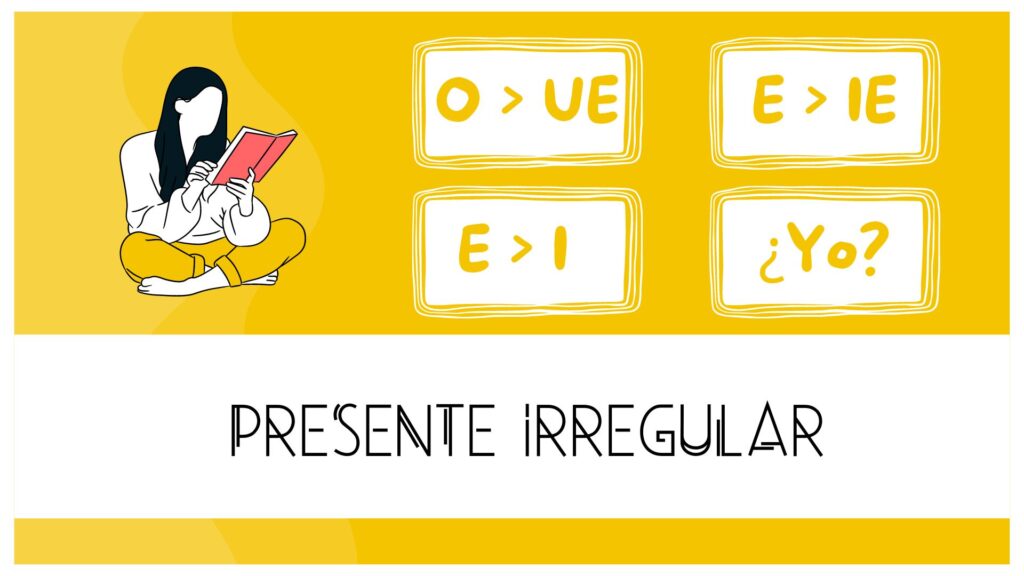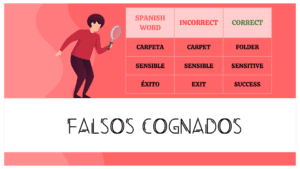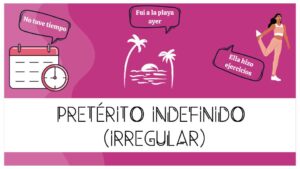In Spanish, irregular verbs in the present tense are composed of 4 general categories: total irregulars (ser, ir), vowel change irregulars (Sentir, poder, pedir, jugar), first person irregulars (Conocer, hacer) and mixed irregulars (Tener, venir).
The advantage is that they always follow the same rules, so the best way to learn irregular verbs is to place them in the corresponding categories.
Vowel change irregulars
They are called vowel change irregulars because they change vowels in their root. There are 4 subcategories: 1)e➡i 2)e➡ie 3)o-ue 4) u-ue.
First person irregulars
In these verbs only the first person (yo) is irregular, the other grammatical persons follow the same conjugation as a regular verb.
Mixed irregulars
Mixed irregular verbs share the characteristics of first person irregulars and vowel change irregulars.
Total irregulars
These verbs do not follow any rules, so they have to be learned by heart. The good thing is that there are only a few verbs that fall into this category.
Verbs ending in -UIR
For verbs whose infinitive ends in -uir we have to add a “y” before adding the corresponding ending.
All irregular verbs
Below we have activities to practice all the irregular verbs we have learned.



2 Responses
un poco difícil porque es mucho por recordar
¡Hola, Sameer!
La idea es que practiques los ejercicios varias veces. Es la mejor manera de recordar estos verbos que son muy comunes.